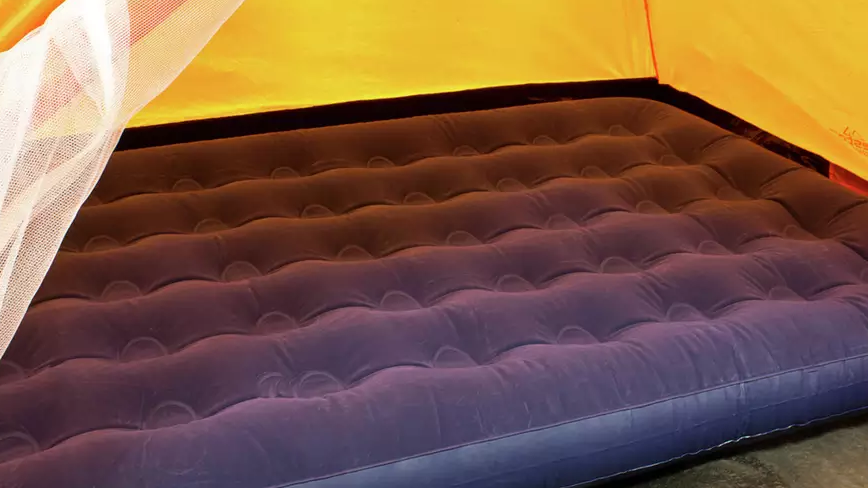
An inflatable bed can be a real lifesaver whether for guests, camping trips, or temporary sleeping arrangements. But what happens when your air bed starts deflating, seemingly for no reason? It’s understandably frustrating, but the good news is that many common causes are easy to check and fix.
Here are some of the biggest reasons why air beds deflate and how to prevent it.
Environmental Conditions
Temperature plays a big role in air bed performance. Cooler air contracts, causing the bed to feel softer or partially deflated, especially overnight or when used outdoors. On the flip side, heat can cause air to expand and stress seams or valves. Always inflate your bed in a temperature-stable area when possible and allow time for adjustment before topping it up.
Surface Matters
Placing your air bed on rough or uneven surfaces like gravel, concrete, or hardwood floors can cause wear and even punctures. Ensure to check the surface area before setting the air bed for sharp objects or debris. Always use a soft barrier such as a rug, mat, or tarpaulin underneath to protect the base.
Read our blog: Inflatable Care: Placement, Environment, and Maintenance
Stretching on First Use
It’s completely normal for a new air bed to lose some firmness the first few times it's inflated. This isn’t a leak it’s just the material stretching and settling. After a couple of uses, this usually stabilises.
Over-Inflation and Excessive Use
It's tempting to pump your bed up to the max (and if not a bit more), but too much air pressure can strain seams and lead to small tears. Similarly, landing too heavily onto the bed or using it ‘like a bouncy castle’ (for anyone with children, you’ll know what we mean) can cause damage over time. Remember, it’s a bed, not a trampoline!
Exceeding Weight Limits
Each air bed will have a recommended weight limit. Regularly exceeding this can lead to structural strain and increased risk of slow leaks or sudden deflation. Check the manufacturer’s guidelines before purchasing can ensure you're within the manufacturer's limits.
Valve and Pump Issues
Sometimes deflation is as simple as a valve not being fully closed or a built-in pump not switched off completely. Always double-check the seals, caps, and any automatic inflators to make sure they’re securely shut.
Punctures and Leaks
If you've ruled out all the above and your bed still deflates quickly, it’s worth inspecting for punctures. Use soapy water around seams and valves to spot tiny leaks, bubbles will appear where air is escaping.
Read our blog: Life Hack: Repairing a puncture on an inflatable
Incorrect Storage
When not in use, store your air bed in a cool, dry place away from sharp objects or extreme temperatures. Folding it carefully and avoiding heavy weights on top will help maintain its integrity for longer.
In Conclusion
By following a few easy checks and using your air bed with care, you’ll get better performance and more restful nights. If issues persist after trying the above, it might be time to get in touch with the retailer or manufacturer for further help.
View the full range here